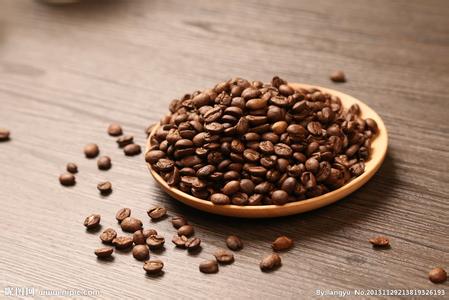Flavor and taste characteristics of Colombia Na Linglong coffee beans
Characteristics of flavor and taste of Columbia Linglong coffee beans treatment method grinding scale
Colombia has three Codiera mountains running north and south, right into the Andes. Coffee is grown along the highlands of these mountains. The mountain steps provide a diverse climate, where the whole year is the harvest season, and different kinds of coffee ripen at different times. And fortunately, unlike Brazil, Colombia doesn't have to worry about frost. Colombia has about 2.7 billion coffee trees, 66% of which are planted in modern plantations and the rest on small traditional farms.
The main varieties of Colombian coffee are small grains of coffee. Plants are small trees or large shrubs, 5-8 m tall, usually much branched at base; old branches gray-white, nodes dilated, young branches glabrous, compressed. Leaves thinly leathery, ovate-lanceolate or lanceolate, 6-14 cm long, 3.5-5 cm wide, tip long acuminate
Colombia's natural environment with the most favorable conditions for coffee growth. But beyond that, it is inseparable from the hard work of local growers. In Colombia, the planting area of coffee has reached 1.07 million hectares, there are about 302000 coffee plantations in the country, and 30 to 40 percent of the rural population depends directly on coffee production.
Nalinglong province is closer to the equator, about one degree north latitude, with plenty of light throughout the year; the elevation is more than 1600 meters, and there are few snow peaks all the year round in the territory. Steep mountains and narrow steep slopes bring a warm and diverse climate. The warm and humid air rising from the canyon protects coffee grown at high altitude from frost, so that coffee can be grown smoothly at an altitude of 2300 meters. Volcanic soil provides rich nutrients for the growth of coffee.

Important Notice :
前街咖啡 FrontStreet Coffee has moved to new addredd:
FrontStreet Coffee Address: 315,Donghua East Road,GuangZhou
Tel:020 38364473
- Prev

Description of Coffee Flavor in Sidamo Coffee A brief introduction to the varieties produced by the method of taste treatment
A brief introduction to the varieties of Sidamo Coffee, which is mainly grown around the Great Rift Valley (Great Rift Valley), with an annual output of about 225000 bags / 60kg Red Cherry Project (Operation Cherry Red) is led by the Dutch trading company Trabocca BV, partly funded by the Dutch government and opened since 2005.
- Next

Flavor characteristics of Yejia Coffee beans how to brew G2 and how to make it by hand will taste better
The flavor characteristics of Yejia snow coffee beans G2 how to brew by hand will be better to drink in the sun Yega snow coffee sets a strict standard for collecting red fruits (as a result of coffee trees). Before exposure to coffee fruits, the unripe green fruits or defective fruits are removed manually, and then the damaged or moldy fruits are removed during the sun drying process. After two weeks, the flesh sugar and essence are all infiltrated into the coffee beans, and the water content is reduced to 12%.
Related
- Detailed explanation of Jadeite planting Land in Panamanian Jadeite Manor introduction to the grading system of Jadeite competitive bidding, Red bid, Green bid and Rose Summer
- Story of Coffee planting in Brenka region of Costa Rica Stonehenge Manor anaerobic heavy honey treatment of flavor mouth
- What's on the barrel of Blue Mountain Coffee beans?
- Can American coffee also pull flowers? How to use hot American style to pull out a good-looking pattern?
- Can you make a cold extract with coffee beans? What is the right proportion for cold-extracted coffee formula?
- Indonesian PWN Gold Mandrine Coffee Origin Features Flavor How to Chong? Mandolin coffee is American.
- A brief introduction to the flavor characteristics of Brazilian yellow bourbon coffee beans
- What is the effect of different water quality on the flavor of cold-extracted coffee? What kind of water is best for brewing coffee?
- Why do you think of Rose Summer whenever you mention Panamanian coffee?
- Introduction to the characteristics of authentic blue mountain coffee bean producing areas? What is the CIB Coffee Authority in Jamaica?

